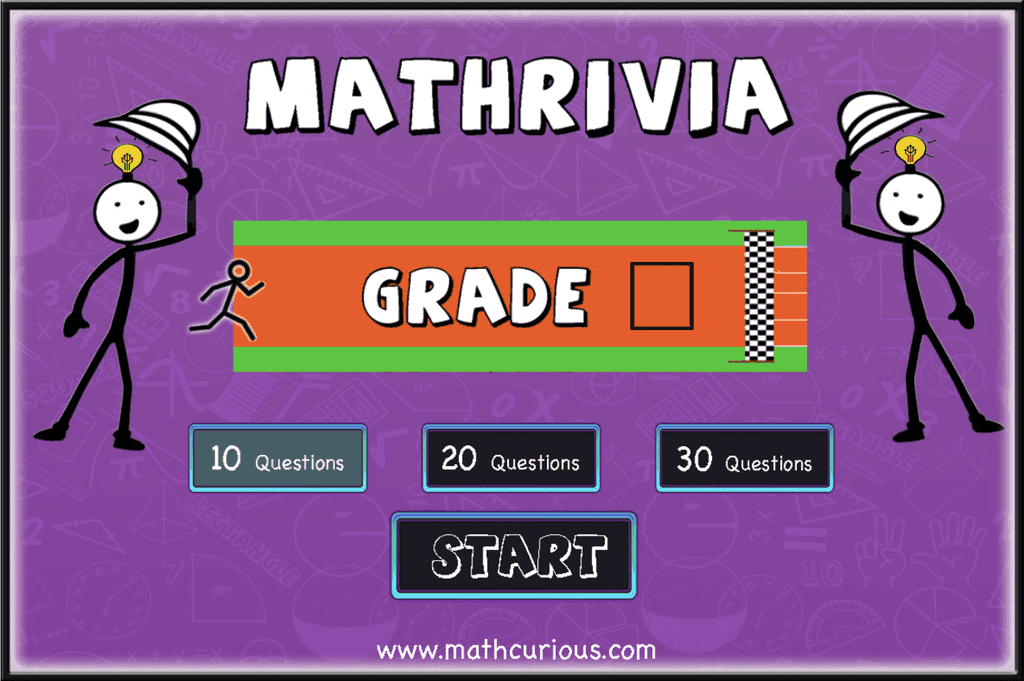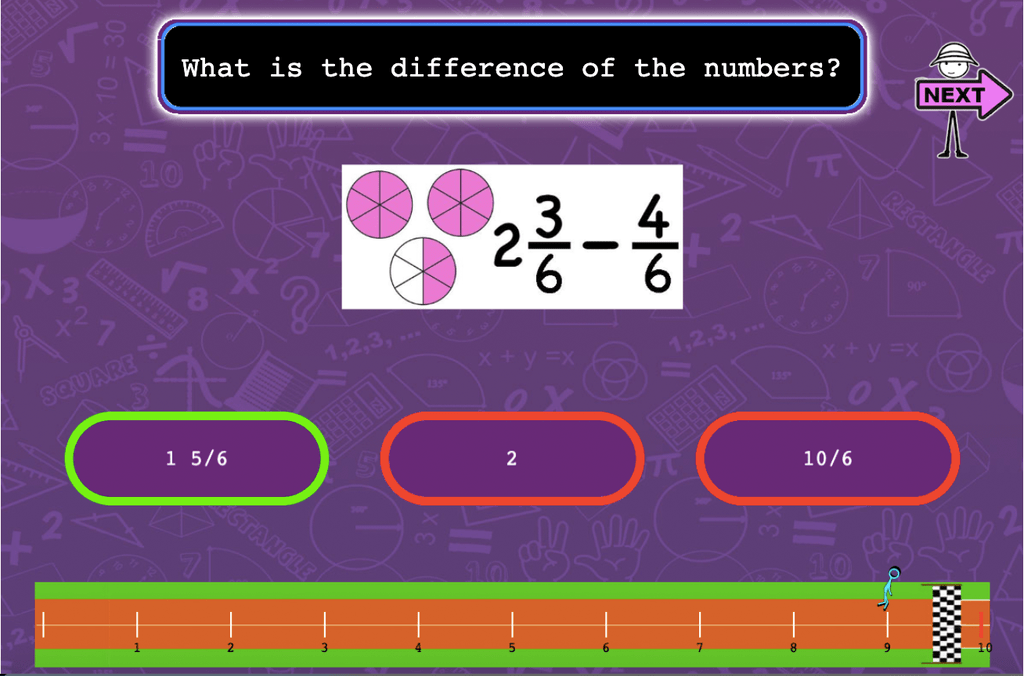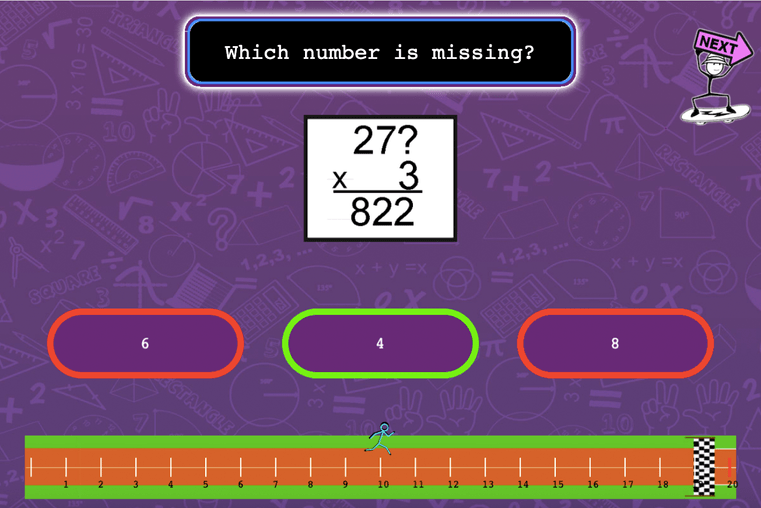Math curriculums today typically use one of two types of teaching methods: spiral or mastery. A spiral approach presents a new concept, provides practice on that concept, and then moves to another skill. Each skill is reviewed and revisited throughout math levels, always adding to prior learning. The Mastery Method is a teaching approach that emphasizes the thorough understanding and proficiency in a specific mathematical concept before moving on to the next.
Spiral review is crucial, particularly in mathematics, where concepts often build upon each other.
The Importance of Spiral Review in Mathematics Education
Mathematics is not just a collection of standalone topics; it’s a tapestry of interconnected concepts. To truly master math, students need more than just exposure to these concepts – they need to revisit and reinforce them regularly. This is where spiral review plays a pivotal role.
What is Spiral Review?
Spiral review is an instructional approach where key concepts are repeatedly revisited over time. Unlike traditional methods that focus on one topic before moving to the next, spiral review cycles back to previously learned material, allowing students to reinforce and build upon their existing knowledge.
Benefits of Spiral Review in Math:
- Reinforcement of Learning: Mathematics is cumulative. Concepts learned in earlier grades form the foundation for more complex topics. Spiral review ensures that foundational skills remain sharp, aiding in the comprehension of advanced material.
- Identifying and Addressing Gaps: Regular revisiting of topics helps teachers identify areas where students may have misunderstandings or gaps in knowledge, allowing for targeted interventions.
- Long-Term Retention: The frequent repetition inherent in spiral review aids in transferring knowledge from short-term to long-term memory, which is crucial in math where earlier concepts are prerequisites for future learning.
- Building Confidence: By regularly encountering and mastering familiar topics, students build confidence in their mathematical abilities. This confidence can lead to increased engagement and a more positive attitude toward learning new concepts.
- Adapting to Diverse Learning Styles: Since spiral review touches upon various topics repeatedly, it caters to different learning styles and paces, providing multiple opportunities for all students to grasp key concepts.
Implementing Spiral Review: Below are some ways of implementing spiral review
- Daily Warm-Ups: Start each class with a short review session covering topics learned in previous weeks or even months. These warm-ups can include a mix of problem types that students have encountered earlier in the course.
- Integrated Homework Assignments: Design homework that includes a few problems from current topics alongside questions that review previous material. This helps keep older concepts fresh in students’ minds.
- Cumulative Quizzes and Tests: Regularly administer quizzes or tests that not only assess recent topics but also include questions from earlier in the course. This approach encourages continuous review and preparation.
- Interactive Review Games: Use games and interactive activities that incorporate a variety of math concepts. Games like math bingo, jeopardy, or digital apps can make the review process engaging and fun.
- Problem of the Day/Week: Post a problem of the day or week that revisits a concept from earlier lessons. This can be a short activity at the beginning or end of a class.
- Math Journals: Encourage students to maintain math journals where they periodically reflect on and summarize past learning. This can also include solving a few review problems.
- Rotating Math Stations: Set up stations in the classroom where each station focuses on a different concept. Students rotate through these stations, engaging in varied activities that review multiple topics.
- Peer Teaching: Organize sessions where students teach each other concepts learned in the past. Teaching peers can reinforce their own understanding and recall.
- Use of Technology: Leverage educational technology like online learning platforms that have built-in systems for spiral review. These can provide personalized review questions based on the student’s past performance.
- Project-Based Learning: Incorporate elements of past learning into larger, ongoing projects. This requires students to apply various concepts they’ve learned in a practical, integrated manner.
MATHRIVIA
Check out MathRivia, a digital, low-prep resource that combines math concept reinforcement, student engagement, self-correcting, and stress-free, self-paced review.

It is a trivia math game with multiple-choice questions for grades 3.4.5.6. (Challenge versions and grades 7,8 coming soon.) The questions include mathematical terms and vocabulary, pictures, and diagrams, word problems, true or false statements, estimations, calculations, algorithm practice, “find the error”, and puzzles. My goal is to provide the students with the opportunity to try different problems in each game. Some problems are just practice or reminders of previous math terms and some are more critical thinking ones. I think the variety makes it fun.

Implementing spiral review requires careful planning to ensure that the review is meaningful and effectively reinforces past learning. It’s important to balance new content with review material, so students don’t feel overwhelmed.

In mathematics, where each new concept builds upon the last, spiral review is not just beneficial – it’s necessary. It solidifies foundational knowledge, aids in long-term retention, and prepares students for the challenges of advanced mathematics. By incorporating spiral review into the curriculum, educators can significantly enhance the effectiveness of math instruction and student learning outcomes.













